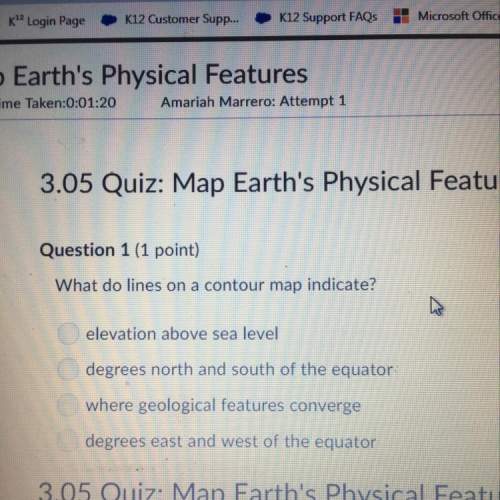
Chemistry, 20.09.2020 04:01 tasnimabdallah971
A student finds the mass of an empty flask to be 25.631 g. After the flask is filled to the halfway mark with distilled water at 22.0 ˚C (d = 0.99777 g/cm3), the mass of the flask and water is 35.432 g. The student then forms a solution by adding some sodium hydroxide pellets and stirring the flask’s contents until the pellets dissolve. The mass of the flask, and its contents, is now 36.138 g, but the volume remains the same, still at the halfway mark. What is the density of the sodium hydroxide solution?

Answers: 3
Another question on Chemistry

Chemistry, 23.06.2019 05:40
Convert a speed of 201 cm/s to units of inches per minute. also, show the unit analysis by dragging components into the unit‑factor slots.
Answers: 1

Chemistry, 23.06.2019 10:30
How much mass would a mole of hydrogen molecules contain? recall that hydrogen is diatomic. g/mol
Answers: 3

Chemistry, 23.06.2019 11:00
The standard emf for the cell using the overall cell reaction below is +2.20 v: 2al(s) + 3i2(s) → 2ai3+(aq) + 6i-(aq) the emf generated by the cell when [ai3+] = 3.5 × 10-3 m and [i-] = 0.015 m is v. the standard emf for the cell using the overall cell reaction below is +2.20 v: 2al(s) + 3i2(s) 2ai3+(aq) + 6i-(aq) the emf generated by the cell when [ai3+] = 3.5 × 10-3 m and [i-] = 0.015 m is v. 2.36 2.24 2.21 2.51 2.04
Answers: 2

Chemistry, 23.06.2019 16:30
Which of the following is a way carbon enters the atmosphere volcanic activity photosynthesis deposition of settlement burial of biomass hep hurrryy
Answers: 1
You know the right answer?
A student finds the mass of an empty flask to be 25.631 g. After the flask is filled to the halfway...
Questions




Mathematics, 23.07.2019 02:40


English, 23.07.2019 02:40





Mathematics, 23.07.2019 02:40

Spanish, 23.07.2019 02:40

Mathematics, 23.07.2019 02:40


Mathematics, 23.07.2019 02:40





English, 23.07.2019 02:40




